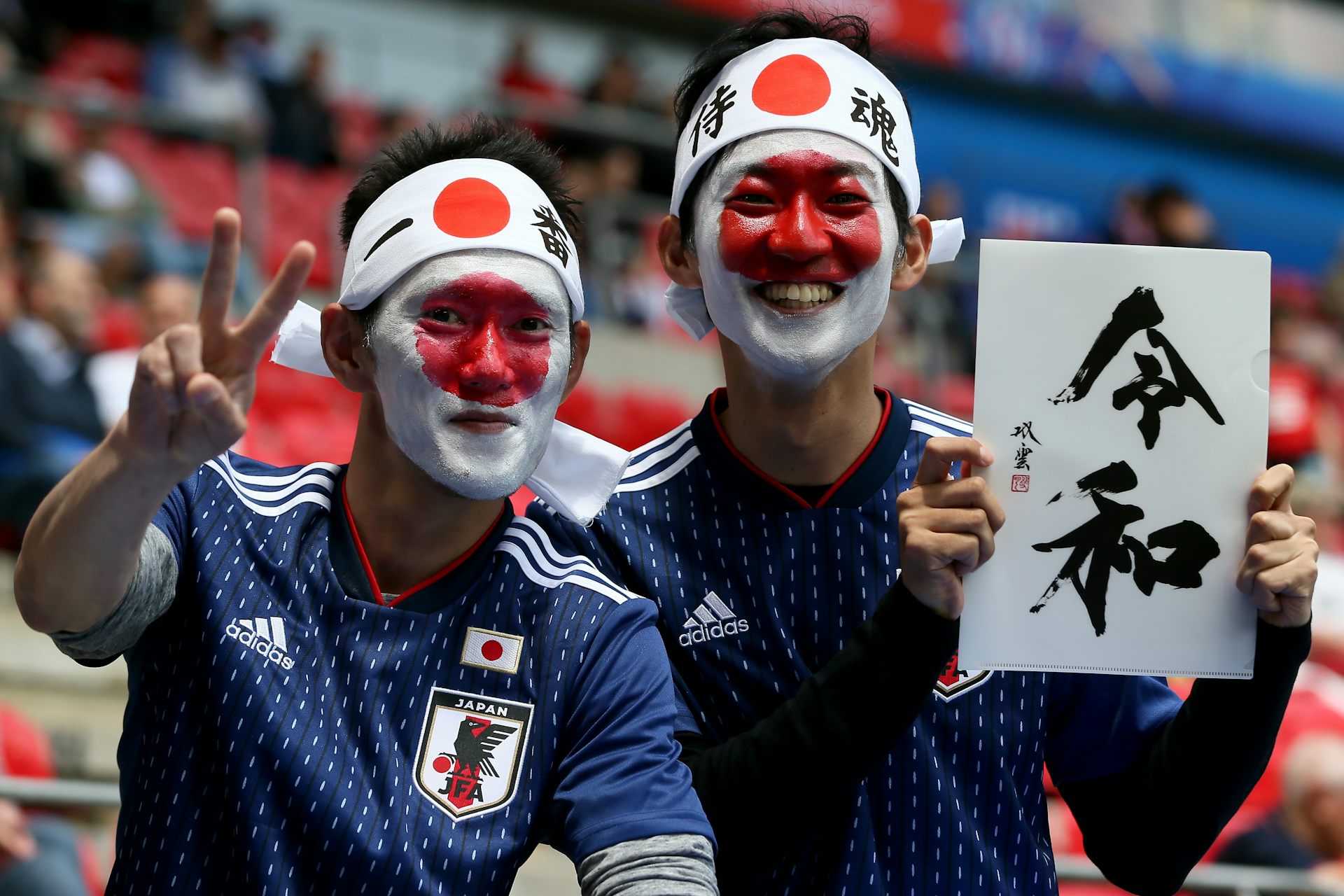The 2019 FIFA Women’s World Cup has got off to a record breaking start. The US beat Thailand 13-0, claiming the biggest ever Women’s World Cup win, showing why they are first in the world rankings. A record 6.1m tuned in to watch England beat Scotland, making it the UK’s most watched women’s game of all time.
The viewing figures are proof that the popularity of the women’s game is growing – with many football fans keen to tune in and support their country. But while this is great news for the sport, there still tends to be much less interest in women’s national football teams compared to the men’s teams.
This is in part down to the fact that the development of women’s football has been historically disadvantaged by national associations banning their members from allowing women’s football to be played at their grounds. These bans started in 1921 and were only lifted in 1971. As sports writer Jim Weeks notes, “by this time, half a century of progress had been lost”. Of course, there is also far less money in women’s football today, compared with men’s, but there could also be another major factor.
Competitive balance
My research looks at competitive balance and intensity in women’s as well as men’s football. Competitive balance is a key concept in sports economics. The main idea is that there is a need for equilibrium between teams’ playing strengths to generate enough uncertainty for fans to be interested. Essentially, people prefer to watch games with teams that are close in ability levels rather than a game where one team is far better than the other. This is because, from a viewer’s perspective, it makes for a better match and a more uncertain finish.
Competitive balance goes beyond sports economics to relate to psychology and sociology. Indeed, Stefan Szymanski and Andrew Zimbalist noted in 2005 that fan interest is supposed to come from the satisfaction of emotional and spiritual needs. It can be seen as a “quest for excitement”, consistent with what Aristotle called “the tragic pleasure”.

A key factor that can affect the competitive balance at international level is the way the sport is developed in different countries. Large differences in the development of the game across countries can lead to large differences on the pitch – with certain games being less interesting for fans to watch. This tends to be the games between countries that have vastly different amounts of funding put into the game and where there is not the same youth development or scouting for the football stars of the future. All of which can impact levels of participation across countries, as well as the different levels of experience across national teams.
Women’s World Cup close the gap
As part of my research I’ve looked at and compared the competitive balance of both the women’s and men’s World Cup games since 1990. To do this, I calculated the percentage of game-time with a difference of no more than one goal between teams. My results show that historically, women’s World Cups have always been less balanced than men’s, but that this gap has considerably reduced over time.
The findings show that the percentage of game-time with a difference of no more than one goal was 64% in the 1991 Women’s World Cup, and 90% in the 1990 Men’s World Cup. Then in the 2015 Women’s World Cup, it was 81% for women vs. 87% for men in the 2014 World Cup – making it a much more exciting and competitive tournament for fans. This may be one reason why the 2015 edition of the Women’s World Cup was the most watched in history.
But competitive balance isn’t the only factor that makes a football match more appealing to fans. It also matters whether there is something at stake for at least one of the sides – this is known as competitive intensity – and it explains why knock out matches or games where at least one side could go ahead if they win, tend to be so much better to watch.
When looking at competitive intensity in World Cup games, the percentage of game time with something at stake for at least one team was 81% for women in 2015 compared with 80% for men in 2014. In other words, there was slightly more game time with actual uncertainty in women’s football – with at least one team having something to compete for.
So when it comes to selecting the best matches to watch as a football fan, you want to be going for those games that are predicted to be close, with teams of equal standing, or where one side has a lot to lose – these games make for a much better viewing experience. Yes, games like like US thrashing Thailand 13-0 are spectacular, but from a fan perspective nothing beats a closely contested grudge match between two rival teams who are both going for glory.
Nicolas Scelles, Senior Lecturer in the Department of Economics, Policy and International Business, Manchester Metropolitan University
This article is republished from The Conversation under a Creative Commons license. Read the original article.

